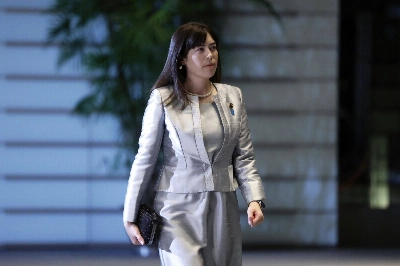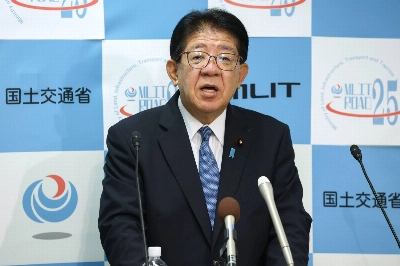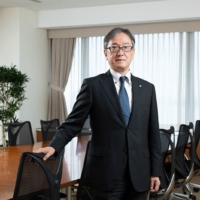Lending by banks accelerated in November at its fastest pace in 16 years, the Bank of Japan said Monday, as the global credit squeeze shut off other funding avenues for firms in an economy that's slowing more sharply than expected.
Loans, excluding those by credit associations, rose 3.6 percent from a year earlier after growing 2.3 percent in October, the BOJ said. Last month's growth rate was the fastest since April 1992.
Companies borrowed more from banks as it became harder to raise funds by issuing commercial paper, said Michio Kitahara, associate director general of the central bank's surveillance department.
Japanese firms borrow about a fifth of needed funds by selling debt in the market and the rest comes from bank loans, BOJ Gov. Masaaki Shirakawa said Dec. 1.
"We'll probably see the trend continue into at least next month," Kitahara told reporters.
The economy probably shrank in the third quarter at twice the pace initially estimated by the government, economists said after a report last week showed businesses made deeper than expected spending cuts.
Gross domestic product contracted at an annual 0.8 percent pace in the three months ended Sept. 30, according to the median estimate of seven economists.
Money supply up
Kyodo NewsThe key gauge of Japan's money supply rose 1.7 percent in November from a year earlier, showing more signs of people shifting their money to safer assets with cash currency and time deposits increasing, the Bank of Japan said Monday.
The average daily balance of M2 came to ¥734.7 trillion. M2 consists of cash in circulation, demand and time deposits as well as certificates of deposit at domestic banks including the BOJ and Japanese branches of foreign banks.

















With your current subscription plan you can comment on stories. However, before writing your first comment, please create a display name in the Profile section of your subscriber account page.